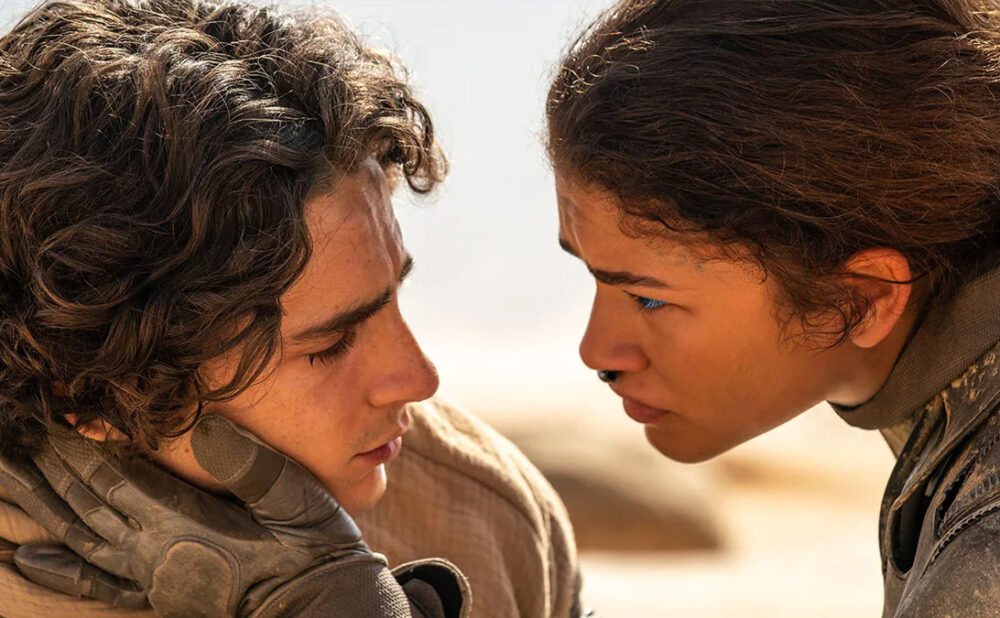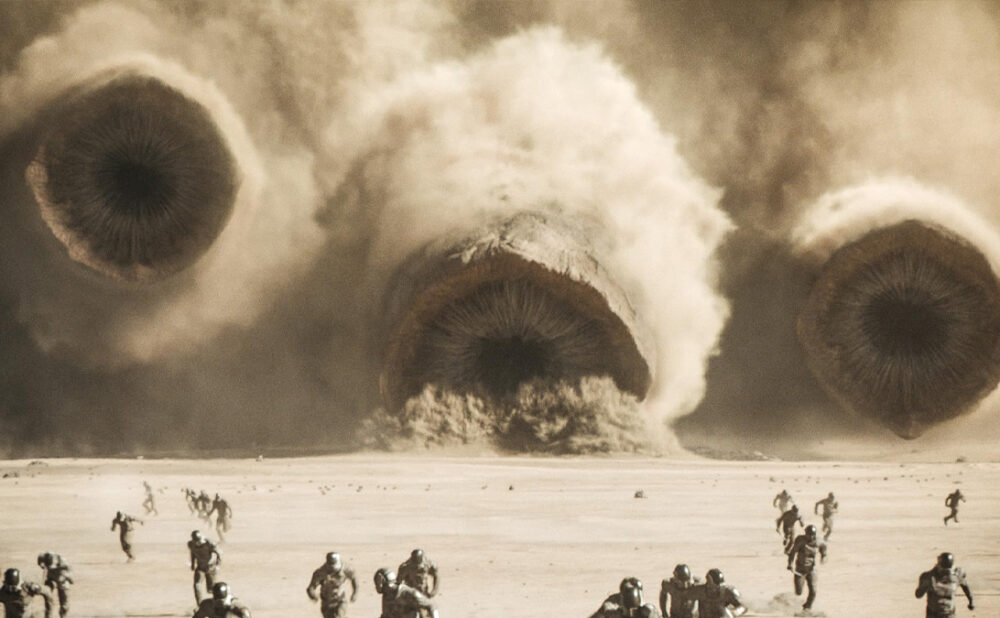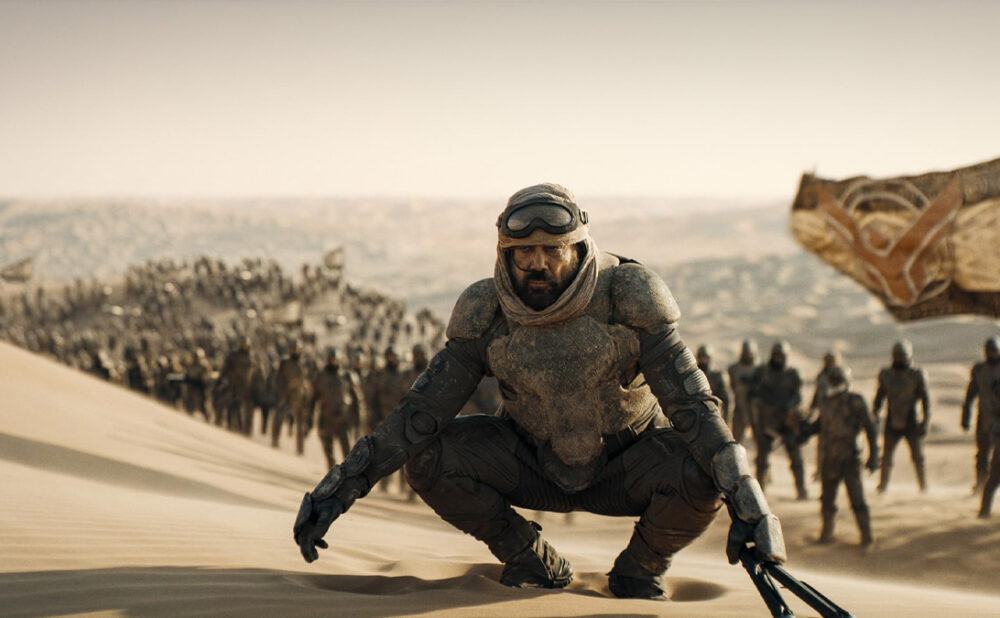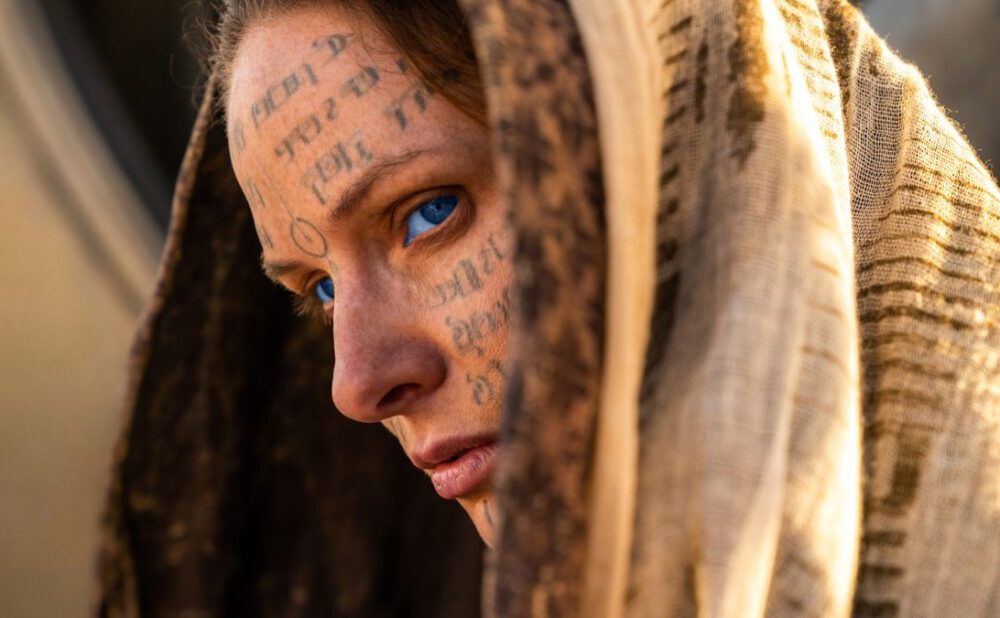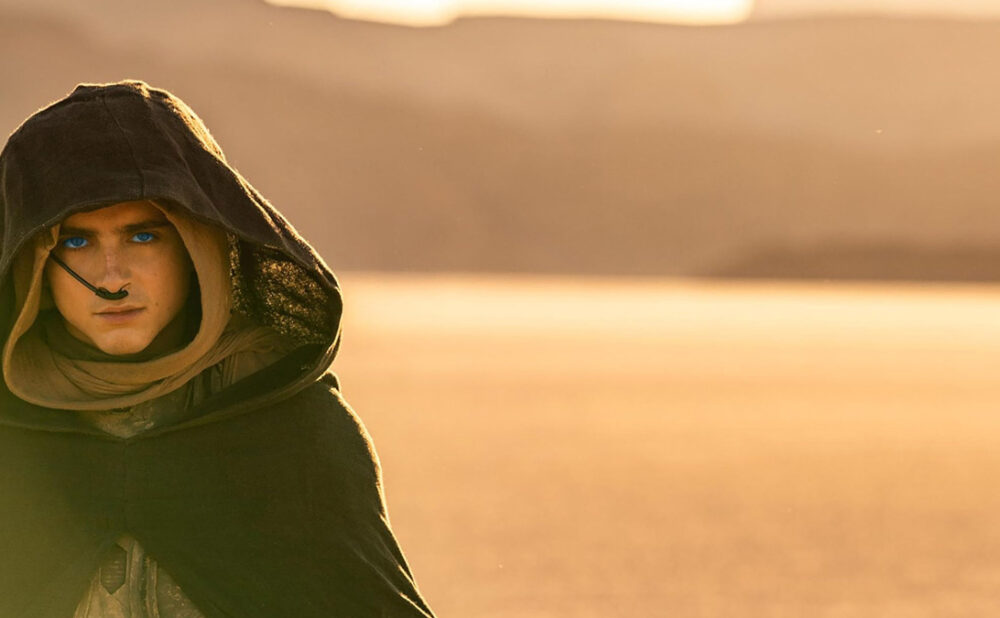“Dune: Part Two” worth the wait realizing Denis Villeneuve’s bold and impactful vision
Director proves his claim that images more important than words in his films
Dune: Part Two
Where: In theatres
What: Movie, 166 minutes.
When: Now
Genre: Drama
Rating: NNNN (out of 5)
Why you should watch: After a months-long delay, Denis Villeneuve follows up his mega hit with an aesthetically bold and emotionally impactful — if occasionally uneven — sci-fi spectacle.
IN A RECENT interview with Deadline, Denis Villeneuve mentioned that he dislikes working with dialogue and would love to make a completely dialogue-free film. But anyone who has seen one of the most recent Villeneuve films already knows this: from Blade Runner 2049 (2017) to the Toronto-set Enemy (2013), to Dune: Part One (2021), his considerable skill as a director flourishes not in language but in large-scale sets, couture-worthy costumes and starkly impactful cinematography. The hotly anticipated sequel to Part One proves his point even more: Dune: Part Two has some of his clunkiest dialogue, and its deeply affecting narrative arc is best told through the stunning images and performances. Part Two picks up with young Paul Atreides (Timothée Chalamet) trying to integrate into the cloistered world of the Fremen, indigenous people to Arrakis, a desert planet being exploited by the Emperor through the militaristic (and sadistic) Harkonnen. His loyalty to the Fremen deepens when he falls for the fighter Chani (Zendaya), who worries that a prophecy that deems Paul their saviour will corrupt the man she loves.
Paul is also afraid of the path before him, unsure if the prophecy is his destiny or a myth perpetuated by the oppressor to keep the Fremen waiting for their (white) champion. Frank Herbert’s books express a deep distrust of power and those who hold it and while I won’t guess at Villeneuve’s intentions, Dune‘s cautionary tale about the exploitation of land and annihilation of its people certainly feels relevant today.
As the one who ultimately wields the most power, Chalamet’s small stature and boyish demeanour give his performance an additional shade of interest: How can someone so unassuming be so commanding? How can someone so innocent be so at risk of corruption? Austin Butler also plays well against type, trading in his soulful, fragile performance in Elvis (2022) for the sadistic and calculating Feyd Harkonnen, heir to the throne. Among a stellar cast, a stealth standout is Rebecca Ferguson as Lady Jessica, who uses her cunning to rally support for Paul behind his back, revealing that beneath her desire to protect her son is her own callous ambition.
Beyond the performances, Villeneuve’s Dune is a study of top-notch craft. Part One was a perfect balance of auteur style and popcorn thrills, combining his austere colour palate and artful wide frames with the well-calibrated pace of a blockbuster. But Part Two‘s first act feels a little uneven — as stunning as the desert scenes are, it’s a relief when the film finally cuts to the political turmoil brewing on another planet. One of the most gratifying things about the Dune universe is the variety of worlds that we can visit, like the fascist, futuristic planet of the Harkonnen (emphasized here with slick black and white photography) or the green, Zen-inspired idyll of the Emperor’s home. Additionally, some of the story beats pass without much explanation, leaving this viewer to play catch up. But these flaws are almost forgotten with a third act that genuinely delivers emotion and spectacle, even if you have to piece some of the plot together as you go.
The ending also signals a darker Part Three to come. Following in the footsteps of Christopher Nolan and George Lucas before him, Villeneuve has envisioned his Dune along the operatic structure of the trilogy, instead of pursuing the more sprawling (and much weirder) nature of the book series. But whether or not you see Villeneuve’s elegance as a little hollow, it is easy to be immersed in, and ultimately convinced by, his considerable vision.

